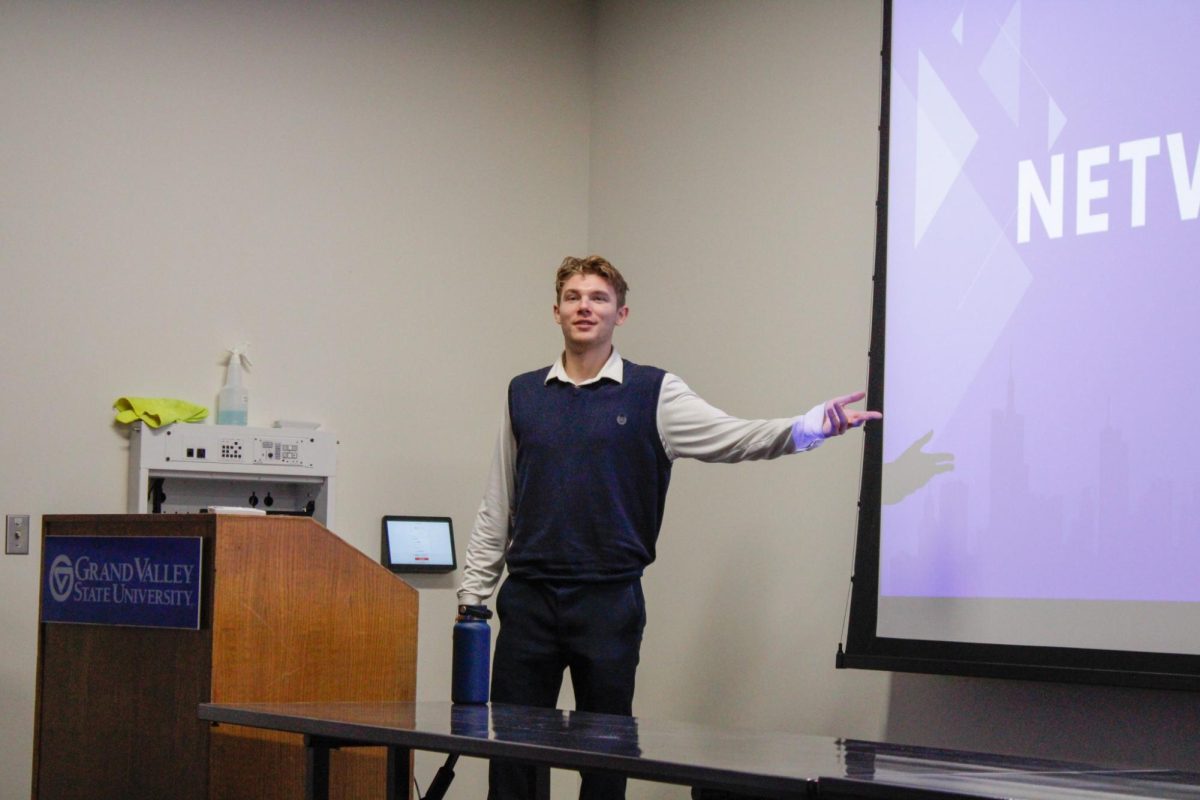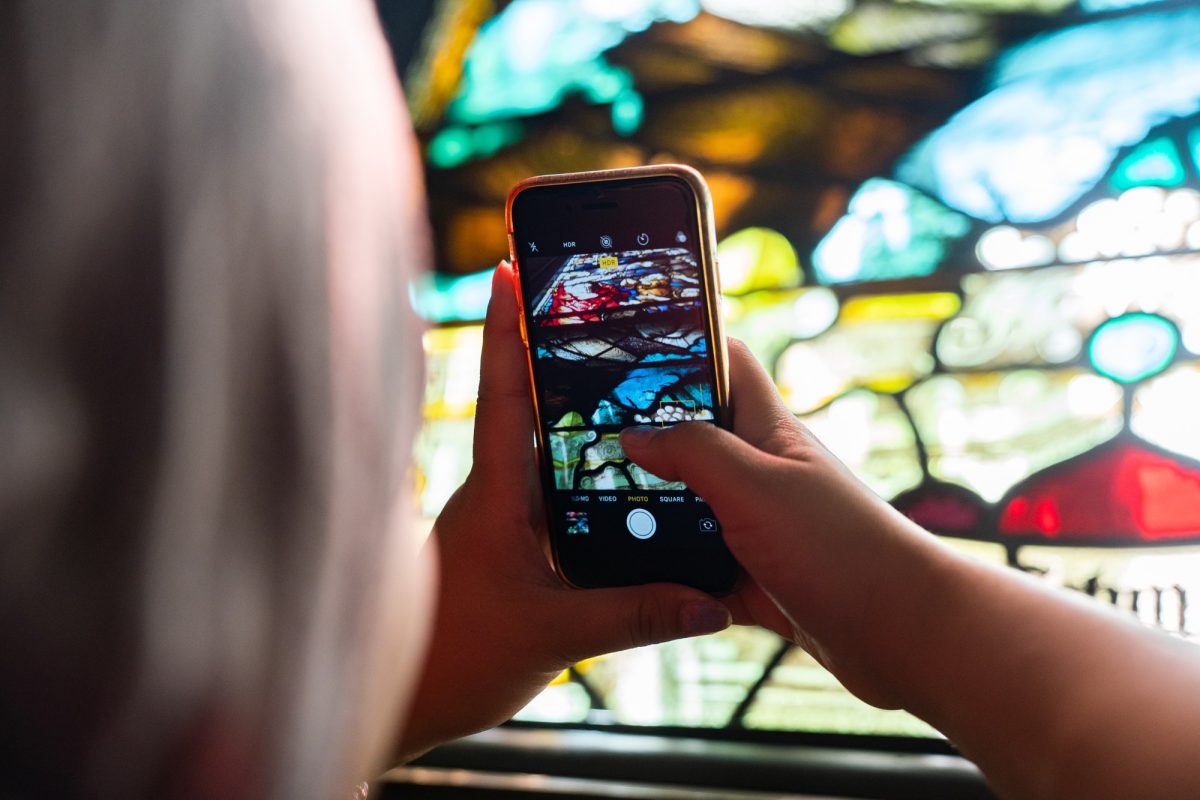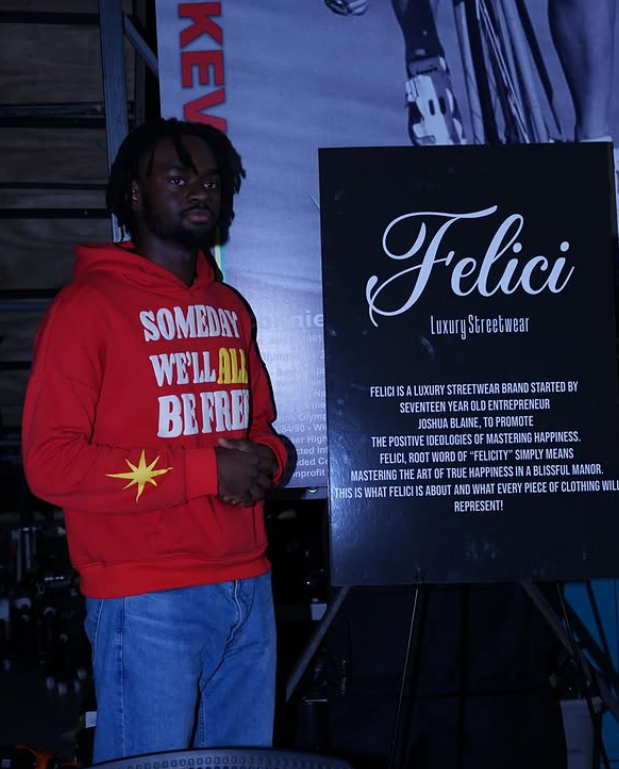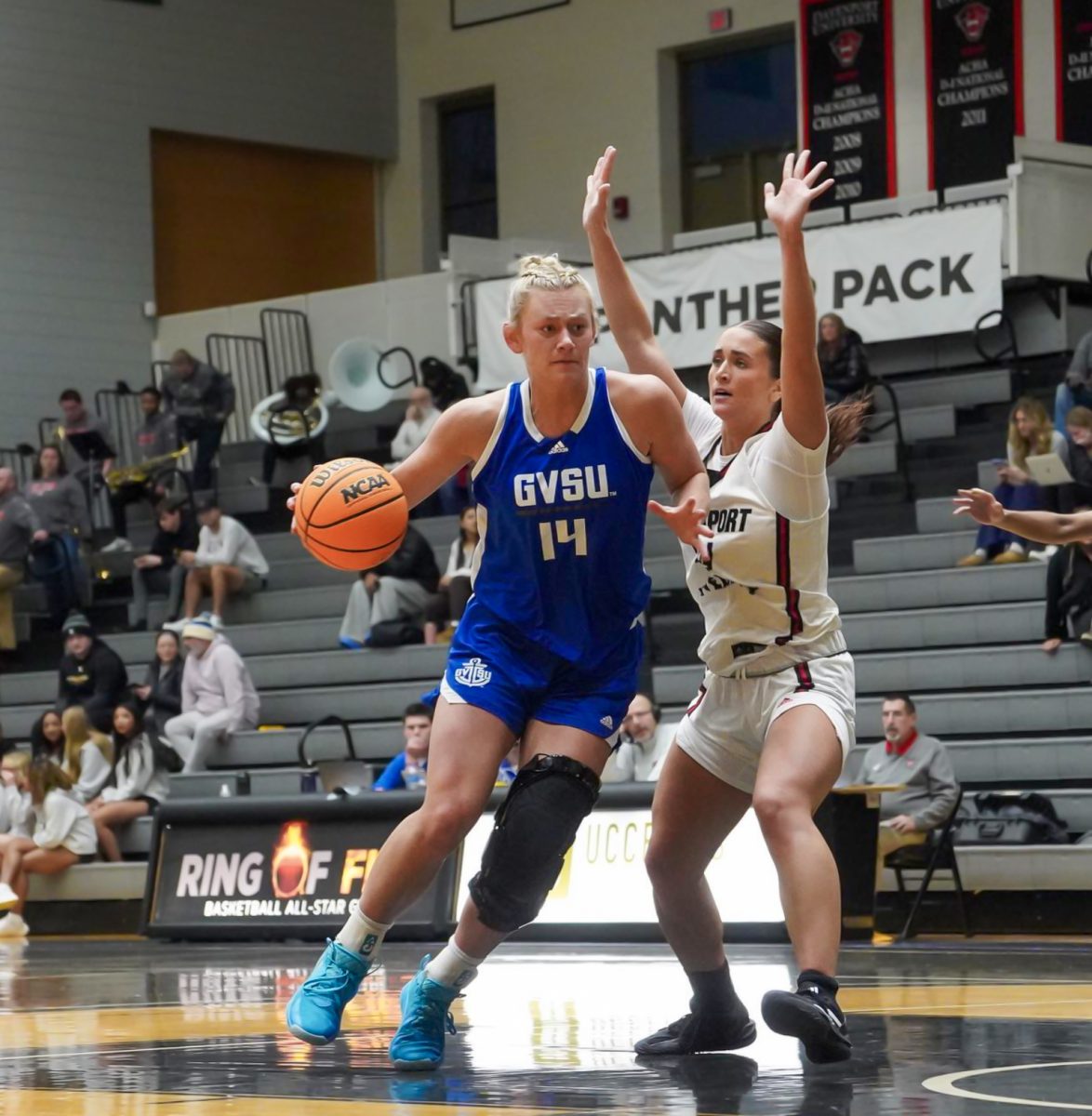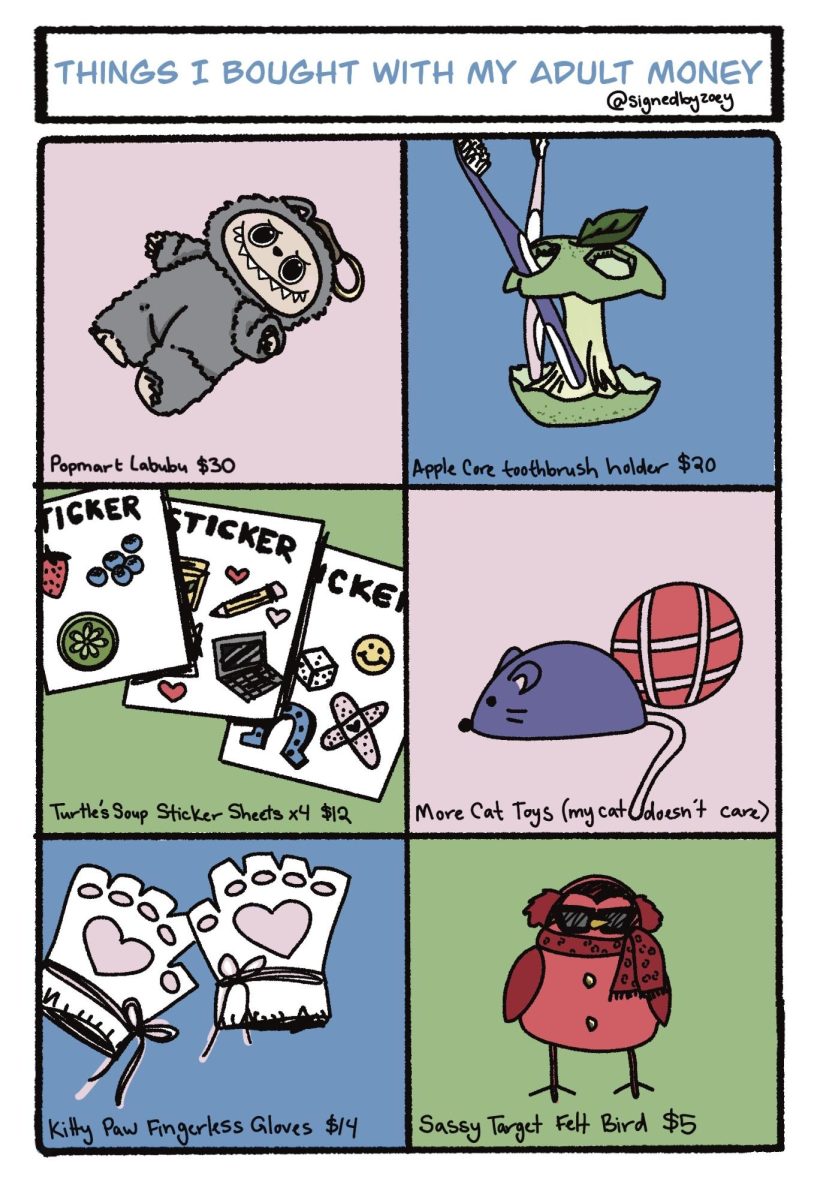CLAS faculty present research on art, classical music, political origins of rap
Sookkyung Cho plays Schubert’s Sonata in A minor, D. 537, the first movement. (Courtesy Sookkyung Cho)
Mar 22, 2021
On Mar. 18, the College of Liberal Arts and Scientists held its last Faculty Research Colloquium of the 2020-2021 school year. The forum featured presentations from three professors from departments across the college: Eric Harvey from Multimedia Journalism on “the history of rap and reality,” Leon Lou from Psychology on modes of vision, and Sookkyung Cho from Music, Theatre and Dance on 19th century composer Franz Schubert.
“For his entire lifetime, Schubert was in the shadow of Beethoven, which shaped his compositions tremendously,” Cho said. “He grew up hearing Beethoven’s pieces all the time, and he wanted to do something different than him.”
Schubert eventually found his niche in writing sonatas, a kind of composition focusing on solo instrumentalists that was already considered archaic when Schubert wrote his first in the early 19th century.
“They weren’t seen as meant to be played or really enjoyed, simply to be preserved,” Cho said. “Pianists didn’t really have the skills to play Beethoven’s sonata, they would create more simple dance tunes that they could actually be paid to write and pay. Schubert turned to them despite there not being any money to be made.”
Unlike other composers of his era, historians have a large number of manuscripts containing Schubert’s unpublished compositions — fortunate, given how relatively few of Schubert’s pieces were actually sold. It was with great excitement when he recorded in his journal on June 17, 1918 that he “composed for money for the first time.”
“Just imagine somebody writing 500 works before even publishing one work,” Cho said. “He never really owned his own house, he was known for just staying with people everywhere.”
Despite his lack of financial success, Schubert was a masterful composer who succeeded in his dream of composing outside of the influential shadow of Beethoven.
“It’s really beautiful, the way he found his own direction,” Cho said. “I learned by doing my four recordings of his sonatas how important the dance element is in Schubert’s musical language. It’s amazing how he could write songs like this at only twenty— many of his most popular songs are from his earlier years.”
Two of Cho’s recordings, Schubert’s D. 557 and D. 537, are available on Youtube through her website at www.sookkyungcho.com.
She wasn’t the only presenter to discuss the musical arts, though the topic of Harvey’s talk was on a musical scene that emerged over a century later.
“The term ‘gangsta rap’ first appeared in a Los Angeles Times review of a March 1989 N.W.A concert,” Harvey said. “But the rappers themselves disliked the term and preferred a different descriptor.”
Ice-T referred to his work as “reality rap,” while Tupac Shakur compared the genre to war reportage from the front lines. In 1994, Snoop Dogg commented that his music was about the same reality that journalists were reporting on, but “live and direct like the news can’t give it to you.”
“The 1990s would be described as the ‘tabloid decade,’ marked by the rise of advanced technology and increased vulgarity,” Harvey said. “The dramatic expansion of the television universe, the consumer video market, and the rise of the internet created a sensationalist new national mindset that eradicated the boundary between ‘highbrow’ mainstream journalism ‘lowbrow’ tabloids.”
The advancement in technology also allowed the news to emerge from outside of the establishment. On March 3, 1991, Los Angeles resident George Holliday captured camcorder footage of LAPD officers brutalizing Rodney King, a video that would circulate widely and create extreme political unrest over the unfair treatment of Black Americans by the police, as well as their stereotyping as criminals.
“The law and order culture fostered by Ronald Reagan in the 1980s recast time as the top domestic problem, and cast black men into a starring role as the nation’s lurking menace every night on the evening news,” Harvey said. “Local TV news broadcasts were transformed into technologically sophisticated profit-making machines, and Black citizens bore the brunt of this tantalizing fear-mongering.”
The rap genre that emerged at the tail end of Reagan’s presidency was a protest against this cultural propaganda, a movement of black artists utilizing the country’s sensationalist mindset to share their own reality.
“In the process, they helped establish a precedent that holds fast deep into the next century,” Harvey said. “What we know as reality is comprehensible only after being forged in the crucible of mass-mediated popular culture.”
The arts-focused Colloquium took a more scientific turn with the presentation from Leon Lou, who discussed how paintings and drawings can reflect the deviations between the human visual field and reality.
“My hobby is painting,” Lou said. “I have been painting for some time, and it turns out that it’s also good for my scholarship, because it makes me think about things I hadn’t considered before.”
One example of this blend of art and research is the work of his fellow painter and vision scientist, Robert Pepperell. Pepperell’s paintings seek to demonstrate the faux-reality of the phenomenal visual field.
“We know, in general, that what we see is not what’s right in front of us,” Lou said. “We don’t need to see everything in front of us. Central vision is very sharp, and peripheral vision is very blurred, much poorer for color. Things that are right in front of us in our central interest appear to be larger.”
Pepperell’s research demonstrates how the object a person focuses their attention on is inflated in their mind, and that these artistic renditions of the visual field are closer to what we actually see.
“What I propose is that the visual space depends on modes of vision,” Lou said. “In distal mode, it increases when focused on an object, scaling with the perceived distance. In extended pictorial mode, it scales with its perceived relational size, but decreases when attention is on a pictorial relationship.”
Lou’s experiment exploring this concept was inspired by art historian Ernst Gombrich, who once noted that if you “trace out your head in a foggy bathroom mirror, you will be surprised by how small an image it actually is.”
“The mirror image of yourself is always half of your real physical image,” Lou said. “If you are six feet tall, you can measure your mirror image to find that it is three feet. But we confuse the size of the image with the size of the distal object, ourselves.”
In the experiment, Lou asked participants to draw what they saw in the mirror: in the first, simply drawing their head in the mirror frame, and then in the second adding details from the background.
“I found that having to draw those objects in the background reduced the inflation of the images,” Lou said. “The reduction is likely a result of participants paying selective attention to the proportional relationships in the mirror scene.”
Our perception isn’t just “bottom-up” information from the outside world; it’s also “top-down” information from our own perspective and memory.
“Understanding how we see things in painting actually provides some psychological insight into how our vision functions,” Lou said. “When you faithfully paint these pictorial relationships, you also end up with something very real.”
Editor’s Note: Eric Harvey, who is referenced in this piece, also serves as the Lanthorn’s editorial adviser.







